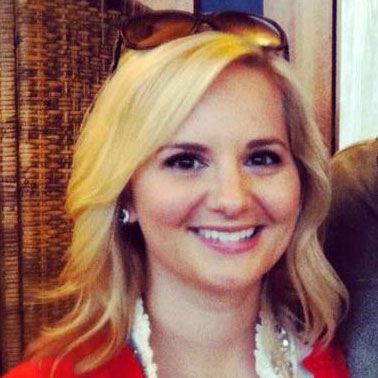How Charlotte's Neighborhoods Got Their Names
Charlotte is made up of a combination of established neighborhoods steeped in rich history and lined with stately oaks, up-and-and-coming neighborhoods full of flashy new apartment buildings and shopping districts, and quaint neighborhoods quietly tucked away from the city’s main roads. While driving through the many distinct areas, it’s easy to wonder how each neighborhood acquired its name. Turns out, there are many different reasons.
Several of the Queen City’s most recognizable neighborhoods were named after some of its early residents who built the city into what it is today; others were named for their locations in relation to the city’s center. Then, there were dozens of names that were derived simply from the types of trees that can be found throughout their streets.
Here’s how several Charlotte neighborhoods got their names.

Dilworth
The charming neighborhood of Dilworth is favored for its tree-lined streets, quaint bungalows, and host of local eateries. The area’s namesake, Edward Dilworth Latta, was a successful entrepreneur who played a vital role in Charlotte’s industrialization in the late 1890s. He, along with several other local businessmen, developed more than 400 acres of land just south of the city.
That land would later become one of the city’s first streetcar suburbs and house millworkers during the textile boom. The neighborhood’s beloved Latta Park also gets its name from Edward Dilworth Latta.
Elizabeth
The city’s second streetcar neighborhood, Elizabeth was built in 1891 on what had been rural farmland on a hill just east of the city. The neighborhood’s beginnings were slow and rocky with the 1893 depression, but the area got back on track a few years later when several companies donated land to build a Lutheran women’s college in hopes that it would attract more residents and businesses.
The college was named after Ann Elizabeth Watts, whose husband provided most of the capital used to construct the building. The college became the neighborhood’s main point of interest which led to the area being called Elizabeth Hill, and later just Elizabeth. Watts is also the namesake for Elizabeth Avenue, the main street through the neighborhood that’s dotted with restaurants, shops, and even a music venue. Today, Presbyterian Hospital sits where the college once was. It’s the only neighborhood in the Queen City that’s named after a woman.
Other neighborhoods named after prominent local families include Myers Park and Wilmore—which is a combination of the Wilson and More families who originally owned the farmland that was eventually transformed into the neighborhood.
NoDa
The name NoDa has definitely made more than a few people scratch their heads while trying to figure out how to pronounce it and what the word actually means. However, once they realize that the name of Charlotte’s most funky and eclectic neighborhood is an acronym for the main thoroughfare that runs directly through it—North Davidson Street—it all makes sense.

FreeMoreWest
FreeMoreWest is another neighborhood name coined from the main roads that run through it. Even though the neighborhood has been around for decades, the moniker is fairly new and stands for West Morehead Street and Freedom Drive, which form its biggest intersection.
LoSo
LoSo started as a nickname for the Lower South End area, but it quickly caught on and managed to stick. The up-and-coming neighborhood is basically an extension of Charlotte’s popular South End, but it has gradually grown into its own in recent years with several new businesses opening in the neighborhood, including multiple craft breweries, distilleries, and restaurants.
University City
Located only a few miles from Uptown, University City has seen an explosion of growth in recent years with new shopping and dining destinations as well as the expansion of the LYNX Light Rail, which has given city dwellers easier access to the area. But, before it became the vibrant area it is today, it was mainly seen as a ‘college-town’ frequented by students attending the University of North Carolina at Charlotte, which is why it’s known as University City.
Uptown
In Charlotte, saying you’re going downtown is a dead giveaway that you don’t live in the area. Spend any amount of time in the city and you’ll quickly learn to refer to the city’s center as Uptown—mainly because you’ll be corrected by a Charlottean every single time you get it wrong.
The reason why Charlotte prefers Uptown has been debated for years. Some say the reason is as simple as the city wanting to be different, while others think that using Uptown sounds more refined than saying downtown like everywhere else.
However, the real reason the heart of the city is known as Uptown actually has to do with its geography. In the mid-1700s, the land where Uptown now sits was an integral part of two Native American trading paths that intersected at the area’s highest elevation point. As years passed, the city began to form around this well-traveled spot that sits higher than the surrounding area so you’ll go uphill when you’re driving into the city, no matter what direction you’re coming from. Stories told over the years allude to the fact that the idea of using the term Uptown was loosely tossed around in the 1950s, but it wasn’t until the mid-1970s that the Charlotte City Council made it official.

